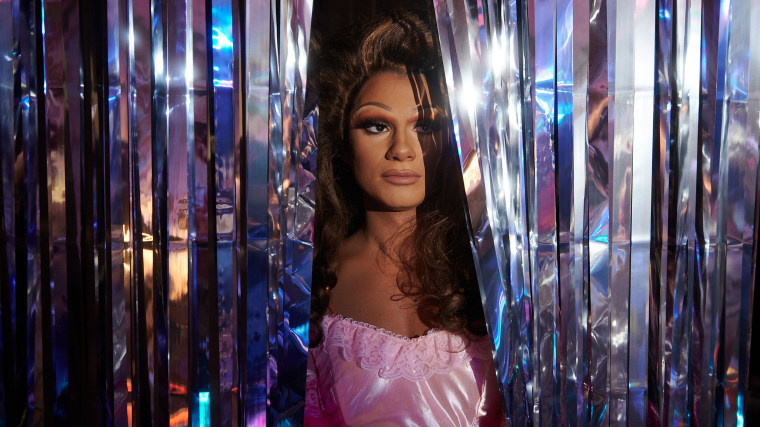As thousands of creators, actors and indie film industry types from across the globe descend on the little mountain resort town of Park City, Utah, this week for the 40th Sundance Film Festival, another chapter will be written in the long legacy of Sundance-born LGBTQ stories profoundly affecting not just queer movie audiences, but queer culture as a whole.
More than 400 feature-length LGBTQ films have already screened at Sundance during its first four decades, and some dozen more will join that list in this year’s edition, which runs from Jan. 18 through Jan. 28 in Park City, with most films also screening in nearby Salt Lake City and many streaming virtually beginning Jan. 25.
The festival’s queer legacy stretches back to 1985, when Sundance screened its first LGBTQ-themed films: Greta Schiller and Robert Rosenberg’s “Before Stonewall,” a documentary about the gay rights movement prior to the pivotal 1969 Stonewall uprising in New York City, and Rob Epstein’s “The Times of Harvey Milk,” a documentary centered on the iconic gay rights leader who was assassinated in San Francisco in 1978.
“The one-two punch of ‘Before Stonewall’ and ‘The Times of Harvey Milk’ being the first two LGBTQ films to play at Sundance in 1985 was pretty significant and a strong political statement coming at the height of the AIDS crisis,” said Bruce LaBruce, who has directed four provocative Sundance-screened films since 1995, including “Super 8 1/2” and “The Raspberry Reich.”
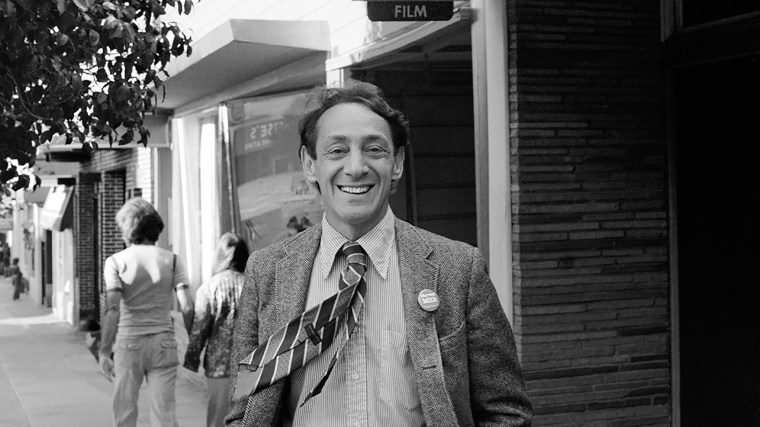
Director Jenni Olson, a three-film Sundance veteran who co-created the festival’s long-running Queer Brunch event in 1997, said the Milk film “remains one of the best LGBTQ docs of all time.”
“‘The Times of Harvey Milk’ masterfully told the devastatingly tragic, yet also inspiring, story of one of our most important LGBTQ movement heroes, at a time when there were very few LGBTQ films in wide release,” Olson said.
Fittingly, “The Times of Harvey Milk” will be one of three pivotal films from Sundance’s queer canon to screen again this year as part of the festival’s 40th Edition Celebration Screenings and Events, alongside Rose Troche’s “Go Fish,” a narrative film about a group of young lesbians in Chicago, and Dee Rees’ “Pariah," about a Black teen in Brooklyn coming to terms with her sexuality.”
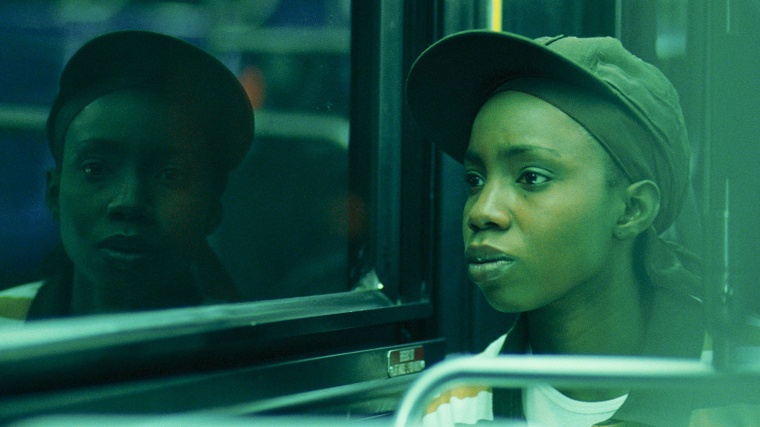
“When we look back, we can see the timeline with these kind of landmark moments,” said Eugene Hernandez, who became Sundance’s fourth festival director in 2022 and is marking 30 years of attending the festival in various capacities. “With ‘Go Fish’ in 1994 and then ‘Pariah’ in 2011, these are seminal moments not just in Sundance history but really in queer culture.”
“Even though there were a number of key queer films in the mid-’80s, I always start the conversation about Sundance’s fundamental legacy in queer cinema and queer culture in the early ’90s,” Hernandez continued. “We certainly saw an emergence of queer cinema that came after that, but that two- or three-year span between 1990 and 1992 was so influential on queer audiences. My own introduction to the Sundance Film Festival was through films like ‘Poison’ for example, Todd Haynes’ film, or ‘Paris Is Burning,’ Jennie Livingston’s film, among others. It was my connection to those individual films that drew me to Sundance in the first place.”
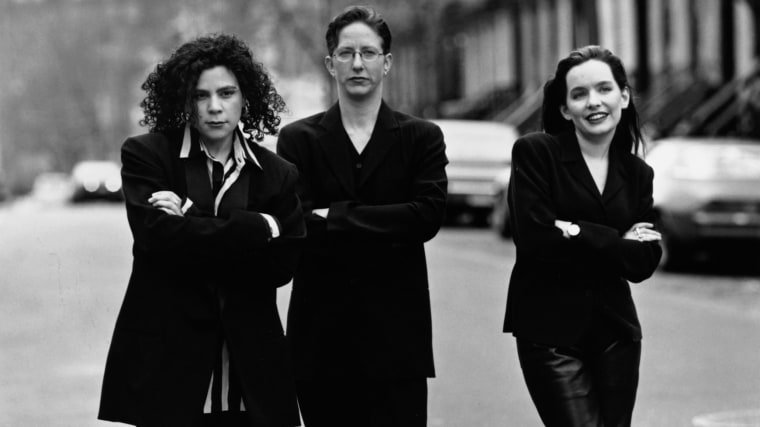
Hernandez said the Sundance premiere of Rose Troche’s "Go Fish" in 1994 was another especially exciting moment.
“By this point B. Ruby Rich had hosted her seminal queer cinema conversation (the 1992 Sundance panel 'Barbed-Wire Kisses: Contemporary Lesbian and Gay Cinema') and written the landmark piece about it that year in the Village Voice, which also ran in [British film journal] Sight & Sound,” Hernandez said.
It was in this article that the term “New Queer Cinema” was coined, which would put a name to the Sundance-fueled revolution in LGBTQ storytelling.
This year, a dozen new feature-length films telling LGBTQ stories will premiere at Sundance, including “Sebastian,” the tale of a young British writer who ventures into sex work for research and finds liberation; “Love Lies Bleeding,” which stars Kristen Stewart as a reclusive small-town gym worker who falls hard for a female bodybuilder passing through town on her way to Las Vegas; the new Frida Kahlo documentary, “FRIDA,” which uses the artist’s own words to narrate her story; “Ponyboi,” about a young intersex sex worker on the run from the mob; “Stress Positions,” starring John Early as a Brooklynite in pandemic lockdown with his ex-husband’s Moroccan model nephew; “Sue Bird: In the Clutch,” a documentary about the WNBA basketball legend; and “Love Machina,” which follows a futurist lesbian couple as one of them attempts, with the help of AI, to transfer her consciousness to a robot so their love can transcend time. A number of additional queer-themed films will appear as part of the fest’s many shorts programs.
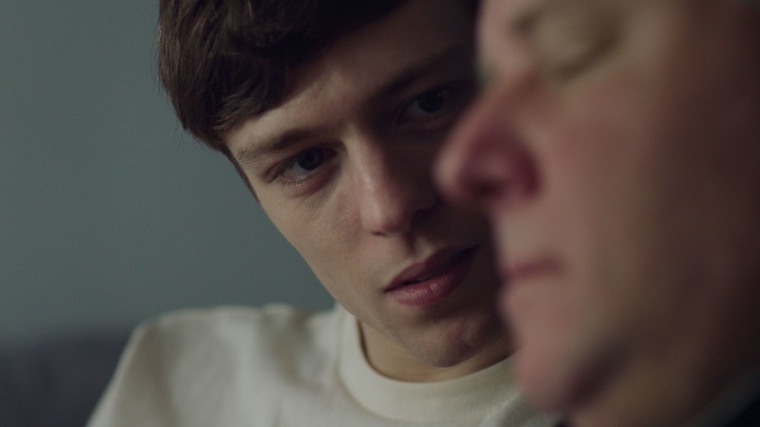
Hernandez was also keen to highlight Amrou Al-Kadhi’s film “Layla,” about a British Arab drag queen who falls in love for the first time.
“It’s so exciting when a film just kind of explodes on the screen in front of you, so we invited Amrou Al-Kadhi to the festival to have the world premiere of their film on opening day,” Hernandez said. “Amrou is arriving in Utah this week as one person and will leave next week as someone else, because this film is going to enrich audiences that already know their work and enrich those who are discovering it for the first time.”
Al-Kadhi, who uses they/them pronouns, said it was an uphill struggle to get a queer Arab story made in the current political climate.
“For this story to now have a platform like Sundance to spotlight our film feels like a true win for my community,” they told NBC News. “I hope it inspires more queer Arab filmmakers to keep going and to share their essential work.”
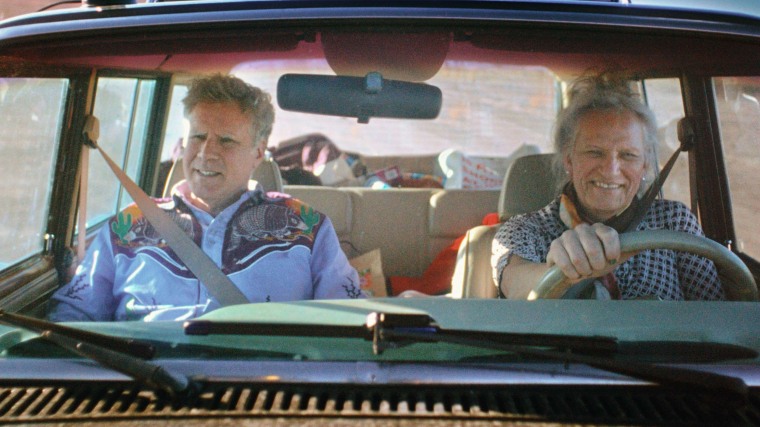
Hernandez said another standout film at this year’s Sundance is the documentary “Will & Harper” from director Josh Greenbaum.
“You have this beautiful collaboration between Will Ferrell and Harper Steele, who met on ‘Saturday Night Live’ when Will was in the cast and Harper was a writer,” Hernandez said. “They journey together by car from the East Coast to the West, stopping in numerous places along the way and finding interactions and reactions that are going to surprise people in many different ways, and having conversations in the car that I think are so revelatory and so brave.”
LaBruce said he’s eager to see “Luther: Never Too Much,” the new documentary about singer Luther Vandross from director Dawn Porter.
“I didn’t even know he was gay!” LaBruce added. “I always enjoy a good closet story.” (Porter recently told The Hollywood Reporter that since Vandross himself never came out, she tried to “have the people who loved him and knew him talk about his desire to be private and then say, ‘We’re going to respect how he wanted to live his life and what he wanted to say.’”)

Olson’s most anticipated film from this year’s Sundance lineup is “Desire Lines” from director Jules Rosskam.
“He is a wonderfully talented and innovative trans filmmaker, and this is a hybrid feature incorporating documentary and narrative elements, co-starring San Francisco Bay Area actor Aden Hakimi and Theo Germaine from Showtime’s ‘Work In Progress,’” Olson said. “The film creatively explores the history and nuances of relationships and desire between gay cis men and gay trans men, going all the way back to pioneering 1970s and ’80s gay transmasc activist Lou Sullivan. I really can’t wait to see this.”
